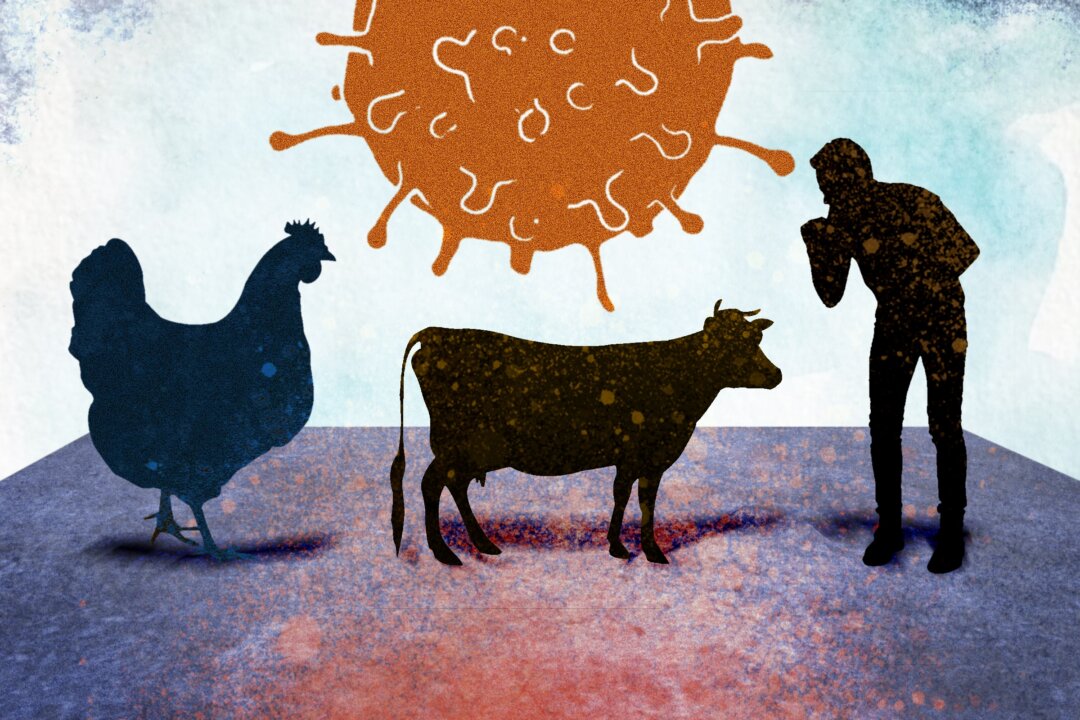In the past six months, bird flu has surprised scientists at least twice. Since bird flu infections in humans are rare, these incidents have raised significant concern among scientists. Certain types of flu viruses typically infect specific hosts and do not usually jump from one host to another.
There is a wide variety of bird flu viruses, ranging from H1 to H19, but they have mostly remained in birds and animals, rarely affecting humans. This changed with the H5N1 clade 2.3.

4.4b. The December USDA preprint reveals that the same viral strain was found in dairy cows that have no known connection to the infected herds.
This suggests that the transmission in cows has already started quietly, and asymptomatic cows likely contributed to the rapid spread of the virus. Since these cases are mostly scattered throughout Asia, they haven’t received much public attention in Western countries until recently. However, this person reported no contact with sick or dead birds but had close exposure to sick dairy cows.
The cows showed decreased milk production, reduced appetite, fever, and dehydration, suggesting H5N1 infection. This was the first report in the United States of the highly pathogenic avian influenza H5N1 virus suspected of transmitting from a mammalian animal species to a human. These cases have alerted scientists, as they suggest that the virus may have acquired the ability to spread between mammals and potentially infect humans.
If a highly pathogenic H5N1 virus were to de.
















